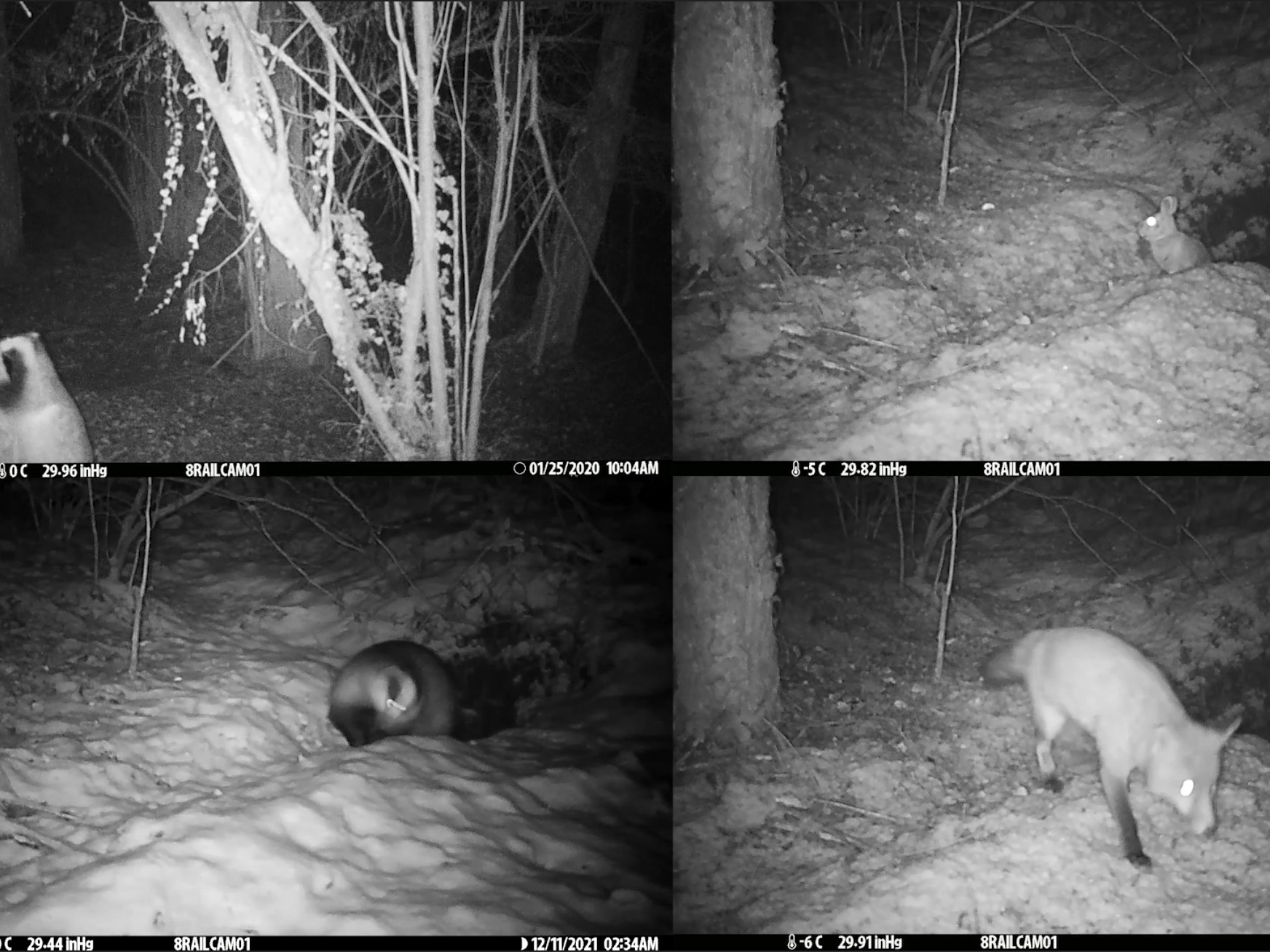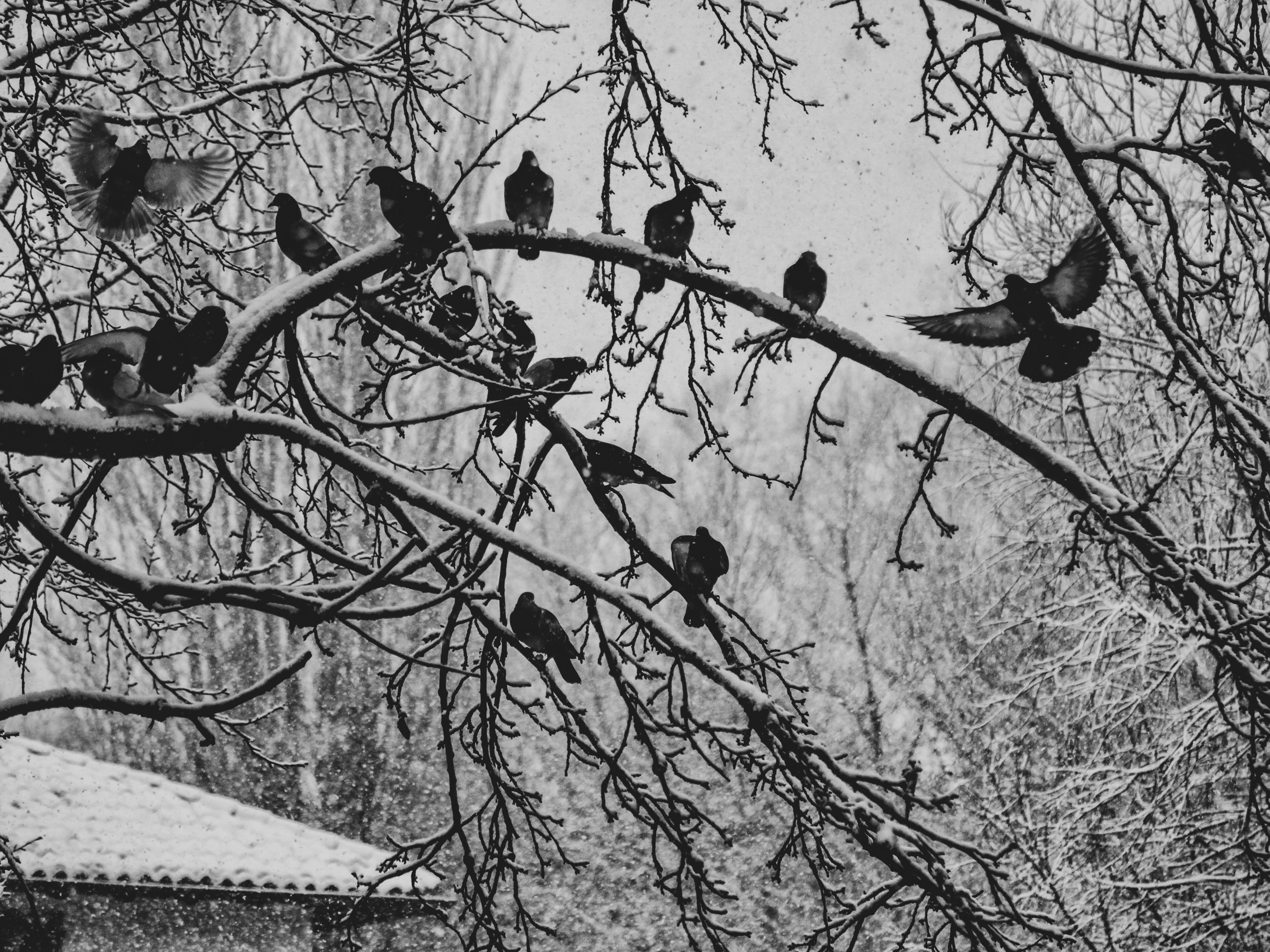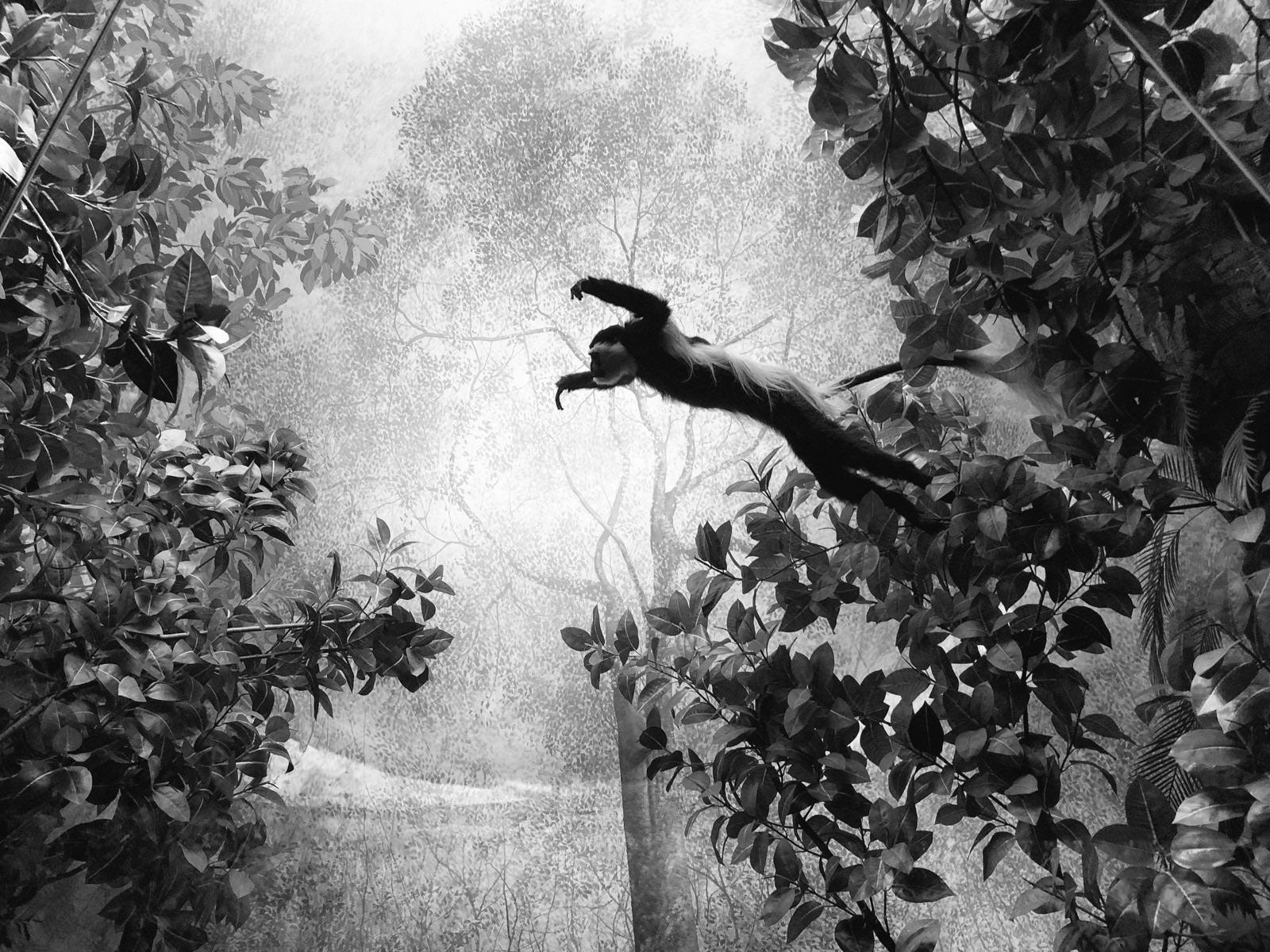In the chamber of wonders or curiosities, the wunderkammer, collectors kept precious collections of extraordinary objects. A phenomenon born in the Middle Ages that continued driven by the scientific curiosity of the Enlightenment until the 700. The collector's purpose of that period was to possess extraordinary objects or mirabilia from the world of nature —naturalia— or man-made objects —artificialia— with unique characteristics and originals capable of arousing wonder. The finds, preserved in these forerunners of modern museums inside abbeys, monasteries, or noble residences, could include parts of the human body or exotic animals, rare stones and plants, precious prints, manuscripts and more.
The finds of my wunderkammer are, instead, common objects returned by nature, of the naturalia found: branches or seeds dispersed by the wind, feathers, spontaneous flowers or finds returned by the storms that tell the wonder of nature.
In Home Museum of LagosPhoto20 festival: Rapid Response Restitution November 2020


